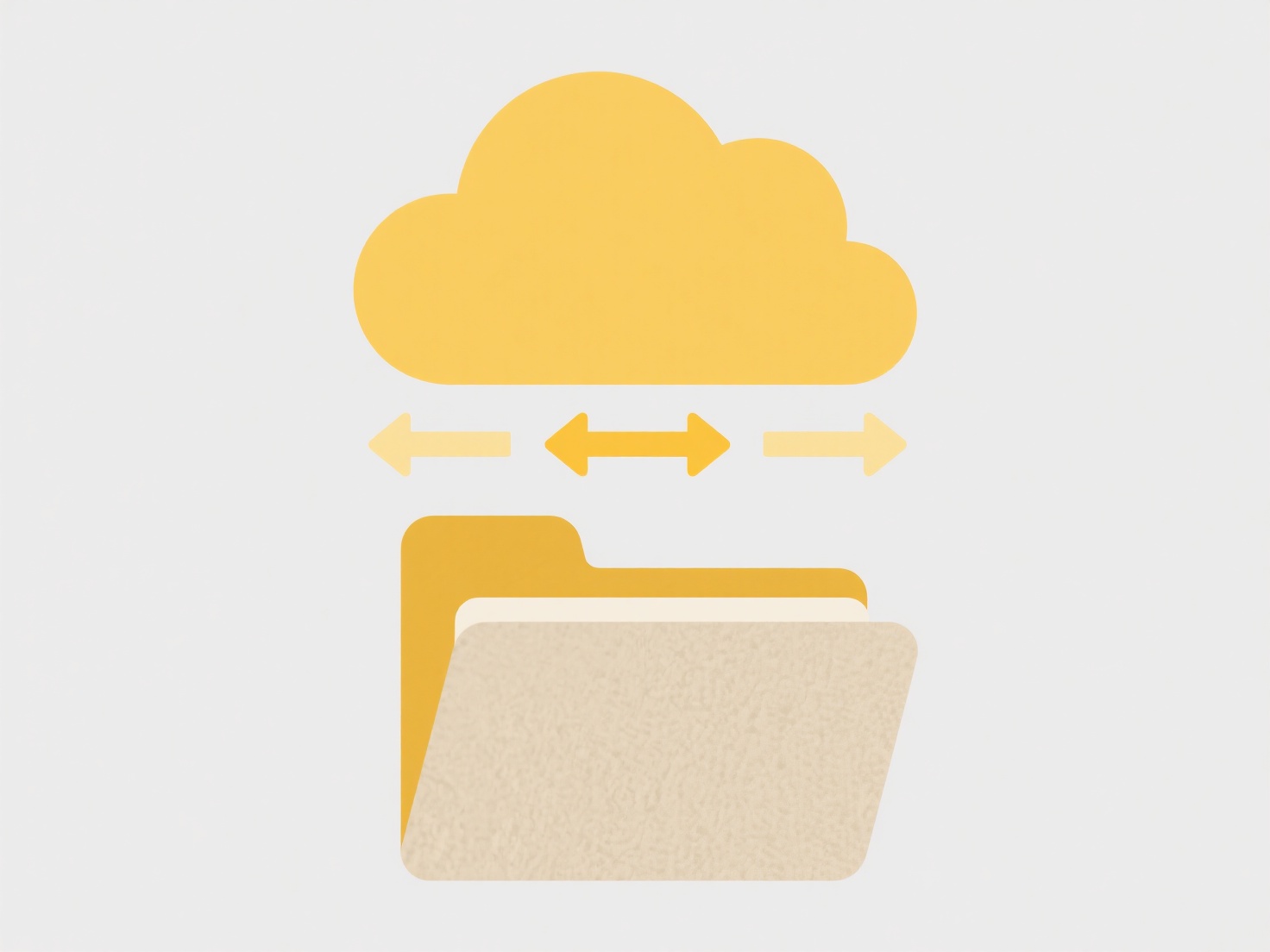
File sharing during live meetings or webinars allows participants to view or download documents, presentations, spreadsheets, images, or other digital resources simultaneously. This enhances collaboration by providing shared context without needing separate email exchanges or external links. It differs from screen sharing alone, as the actual source files are distributed, enabling participants to later access or interact with them directly. The host typically uploads files to the meeting platform interface.
Examples include a presenter uploading a PDF report to the webinar's resource panel for attendees to download after the session or a team leader sharing a PowerPoint presentation through the chat function during a brainstorming meeting on platforms like Zoom, Microsoft Teams, or Webex. Participants often receive a direct link or a download prompt within the interface. Educational settings might involve a teacher sharing a worksheet via Google Meet's chat.

Advantages are clearer communication and seamless collaboration. However, limitations exist: platforms impose file size restrictions (e.g., 20MB-50MB common limits), potentially requiring compression or cloud links for larger files. Security considerations are crucial; hosts should avoid sharing sensitive data via public meeting links and use password protection for confidential files. Poor internet connectivity can hinder file transfer. Future improvements focus on larger size allowances, tighter cloud service integration, and enhanced security features.
How do I share files during a live meeting or webinar?
File sharing during live meetings or webinars allows participants to view or download documents, presentations, spreadsheets, images, or other digital resources simultaneously. This enhances collaboration by providing shared context without needing separate email exchanges or external links. It differs from screen sharing alone, as the actual source files are distributed, enabling participants to later access or interact with them directly. The host typically uploads files to the meeting platform interface.
Examples include a presenter uploading a PDF report to the webinar's resource panel for attendees to download after the session or a team leader sharing a PowerPoint presentation through the chat function during a brainstorming meeting on platforms like Zoom, Microsoft Teams, or Webex. Participants often receive a direct link or a download prompt within the interface. Educational settings might involve a teacher sharing a worksheet via Google Meet's chat.

Advantages are clearer communication and seamless collaboration. However, limitations exist: platforms impose file size restrictions (e.g., 20MB-50MB common limits), potentially requiring compression or cloud links for larger files. Security considerations are crucial; hosts should avoid sharing sensitive data via public meeting links and use password protection for confidential files. Poor internet connectivity can hinder file transfer. Future improvements focus on larger size allowances, tighter cloud service integration, and enhanced security features.
Quick Article Links
Can I rename scan results by patient or ID?
Renaming scan results allows customizing filenames to include specific identifiers like patient ID, name, or accession n...
How do I prevent duplicate files when importing from a phone?
Duplicate files occur when identical copies of data, like photos or videos, are imported from your phone to a computer o...
Why do some users still prefer local storage?
Local storage refers to data kept directly on a user's device—like on a hard drive or SSD—rather than on remote cloud se...